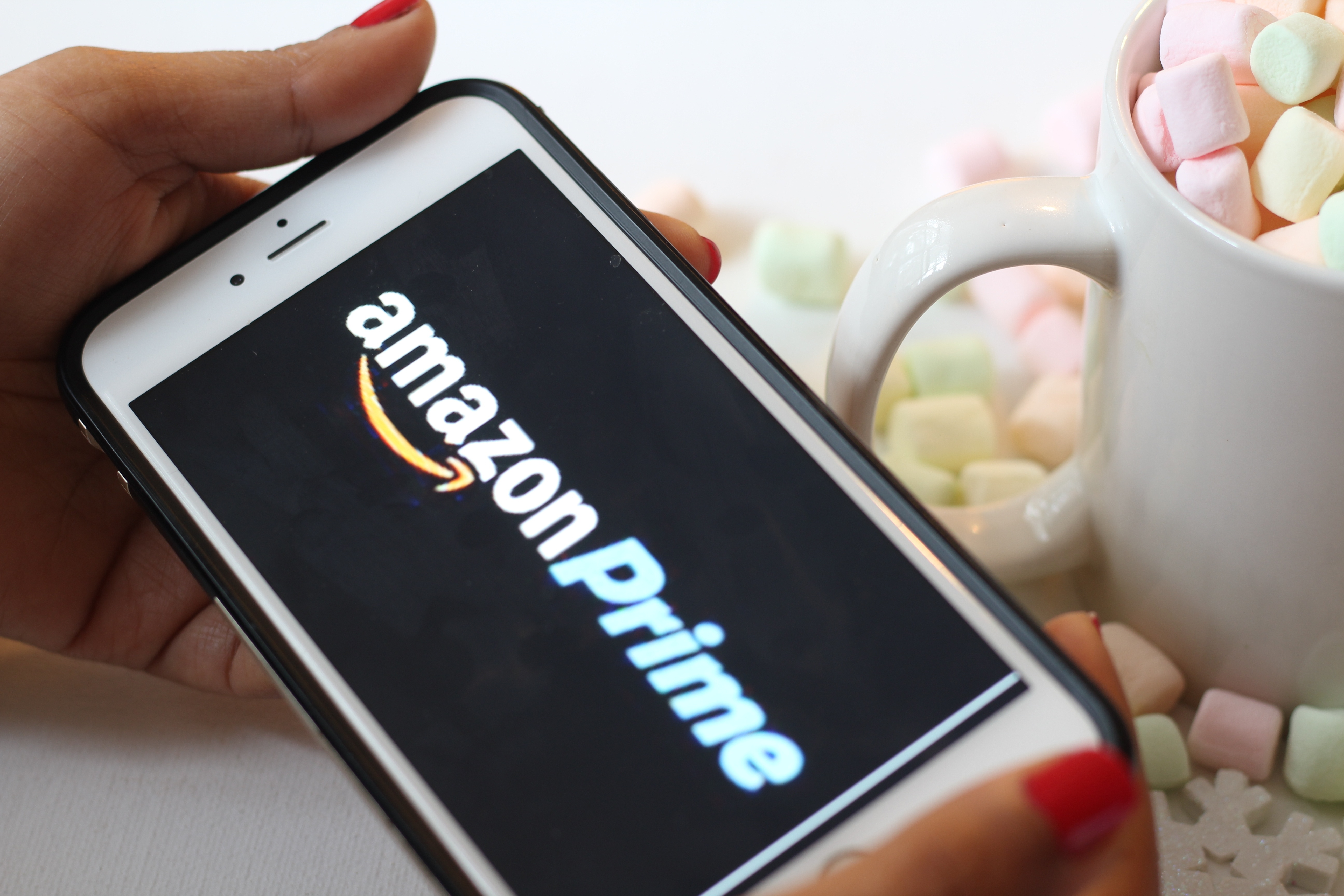Last week Amazon announced that the Vice President of the Amazon Marketplace (a 12-year company veteran) would lose a number of his responsibilities to Doug Herrington, leader of Amazon's retail group. Amazon marketplace now makes up over half of the retailer’s total revenue, however the marketplace has been recently fallen victim to a surge in seller counterfeits and scamming tactics.
Considered the leader in marketplace retailing, what does this latest move mean for the poster child for marketplace success? It demonstrates that in order to build a robust marketplace, you must build solid quality control into the seller recruitment and management process. Without this, you risk losing your customers forever.
Here are four ways to prevent fraudulent seller behavior and protect your brand:
#1 Seller Selection
Becoming a one-stop shop in your industry is a powerful thing. Being able to introduce new product categories and offer your customers breadth and depth across your range is key to driving eCommerce revenue. But it also relies on your thoughtful selection of partners. Carefully choose new sellers not just with the right products, but also with a track record of delivering a high quality customer experience.
#2 Know Your Customer
Whilst for many this might sound like another marketing jargon expression, it has serious meaning for businesses. Know Your Customer (KYC) is the process by which companies verify the identity and financial situation of customers, before deciding whether to do business with them. To do this, some marketplaces request corporate documents directly in the registration form. Typically designed to prevent late payment and corporate fraud, when applied to a marketplace seller recruitment the KYC process is a crucial step to “vet” sellers and protect customer experience.
#3 Product Selection
The marketplace assortment shapes the perception of the brand identity. That’s why counterfeit and poor quality products represent a real danger for your brand. To prevent this potential problem, it is very important to accept only those products that reflects your brand identity. Our clients choose to rely on a dedicated tool, Mirakl Catalog Manager, which provides them with an easy and powerful control of their product assortment.
#4 Monitor Performance
Once sellers are live on your platform, carefully monitor their performance, KPIs and of course customer feedback. Many marketplaces choose to implement automatic seller suspension if a seller falls short of the mark on key criteria. In the same way, if sellers meet established criteria their accounts become premium. This provides a scalable way to track performance and rapidly address underperformance.
A Curated Experience
Worldwide, many of the most successful marketplaces are increasingly adopting a more selective approach to seller recruitment. A preemptive strike in the battle against retail fraud. Take North American behemoth Walmart, who have implemented an invite-only program for new sellers. Or Australian leviathan Catch Group who have experienced extraordinary success in their marketplace, despite being a generalist, they still maintain strong control over their seller community.
Equally, we’ve seen an explosion in highly curated marketplaces from Galeries Lafayette to Harvey Nichols, these retailers take the best of marketplace functionality, being able to offer their customers greater choice, but maintain a strong hold over their brand identity and seller network.
This latest move from Amazon is symptomatic of a retailer who have taken their eye off the ball. It doesn’t have to be this way. Retailers can continue to focus on scaling growth & customer value through their online marketplace, but it takes the right solution to ensure seller fraud is unable to flourish.
.png?width=100&height=100&name=Untitled%20design%20(1).png)
Written by Laura Hare
UK Marketing Lead, Mirakl


